Komentáře / Otázky (162)
![]() Eeva napsala:
Eeva napsala:
Hei! Löysin video-ohjeen myssyyn, kiitos en tarvitse edell. viestiin vastausta. Terveisin Eeva
24.06.2025 - 15:21
![]() Eeva Laajalahti napsala:
Eeva Laajalahti napsala:
Hei! Mikä on luontisilmukoiden jälkeen aloitus kerros, seuraava nurjapuoli vai seuraava oikein aloituskerros? Miksi myssystä ei ole kuvaa takaa tai kaavaa minkä mallinen neuleesta tulee? Terveisi Eeva
24.06.2025 - 14:04
![]() Ann Karin Solheim napsala:
Ann Karin Solheim napsala:
Hei, når jeg skal begynne med hver 4. Pinne, skal jeg strikke 3 pinner først eller begynne økningen på høyre side med en gang?
13.12.2024 - 09:45Odpověď DROPS Design :
Hei Ann Karin. Ville ha økt på 1. pinne og så strikket 3 pinner uten økninger. Til denne luen er det laget både en Video og en Leksjon på hvordan luen strikkes. Klikk på Video eller Leksjoner til høyre / eller under bildet. mvh DROPS Design
16.12.2024 - 10:18
![]() Melanie napsala:
Melanie napsala:
Hallo, eine Frage zur Schnur für die Mütze. Unten in der Anleitung steht mit Nadel ne. 2.5 und einem Faden 4 Machen anschlagen. Oben bei Hilfen steht mit Nadel nr. 4 und 2 Fäden 4 Maschen anschlagen. Was ist richtig? Danke für die Hilfe.
08.12.2024 - 14:57Odpověď DROPS Design :
Liebe Melanie, Schnurr strickt man mit 1 Faden und Nadel 2,5 - Anleitung wird hier korrigiert, danke für den Hinweis. Viel Spaß beim Stricken!
09.12.2024 - 09:00
![]() Hilde-Margrethe Larsen Blindheim napsala:
Hilde-Margrethe Larsen Blindheim napsala:
Skal strikke str 12 til 18 mnd. Holder det med 100 gr garn til hele settet? Lue, sjal og votter? Mvh Hilde-Margrethe
07.12.2024 - 11:56Odpověď DROPS Design :
Hei Hilde-Margrethe. 100 gram skal være nok :) Men vil du helgardere deg, kjøp et ekstra nøste, så kan du strikke et par sokker også :) mvh DROPS Design
10.12.2024 - 10:21
![]() Marie napsala:
Marie napsala:
Jeg er ved at strikke djævlehuen, men når jeg kommer til dette punkt Nu tages der 1 m ud i højre side på hver 4.p og 1 m ind i venstre side på hver 2.p til arb måler 15½-16½-17½ (18-19) cm fra opslåningskanten. Sæt en mærketråd i hver side af arb. Står der ikke udførligt hvordan jeg skal tage ind og ud, altså hvor langt inde på pinden fx?
29.08.2024 - 11:17Odpověď DROPS Design :
Hej Marie, du gør på samme måde som du har gjort hele tiden. Se videoen vi har lavet helt specifikt til denne søde djævlehue :)
29.08.2024 - 14:10
![]() Erika Reinhold napsala:
Erika Reinhold napsala:
Schal: Dann alle M. wieder zusammenstricken, indem man 1 M. von der Sicherheitsnadel und 1 M. von der Stricknadel zusammenstrickt = 24-26-28 (30-32) M. Das kann ja nicht stimmen, weil sowohl auf der Nadel, als auch auf der Sicherheitsnadel jeweils nur 13 Maschen sind. Die Maschen müssen einzeln abgestrickt werden
25.04.2024 - 17:57Odpověď DROPS Design :
Liebe Frau Reinhold, ja genau, diese Maschen stricken Sie abwechslungsweise ohne sie zusammenzustricken, dh spiegelverkehr als am Anfang. Eine Korrektur erfolgt, danke für den Hinweis. Viel Spaß beim Stricken!
26.04.2024 - 07:42
![]() Rixt napsala:
Rixt napsala:
Hello I am relatively new to knitting, but already finished one of your beautiful baby sock patterns! Now I wanted to make something else for our baby, this hat with mittens, but looking at the wool I saw that you have the same amount of stitches in the gauge as with the socks I made, but almost the double amount of rows. (with the same needle size) How is that possible, somehow that does not make sense to me. Thank you very much for helping :)
23.01.2023 - 20:32Odpověď DROPS Design :
Dear Mrs Rixt, your socks might have been worked in stocking stitch, while the hat is here worked in garter stitch, so that you will get another number of rows (you need more rows in garter stitch than in stocking stitch for the same height), ie you need here 52 rows (26 ridges) in garter stitch to get 10 cm. Happy knitting!
24.01.2023 - 12:02
![]() Gillian napsala:
Gillian napsala:
Can you advice pattern for Adult sizes please ?? As would like to make one for myself thanks Gillian
03.01.2023 - 08:59Odpověď DROPS Design :
Dear Gillian, sure you will find all our patterns for similar hats here including patterns for adult, children and baby. Happy knitting!
03.01.2023 - 09:44
![]() Larissa napsala:
Larissa napsala:
Hallo! Ich stricke Schal für 6-monatiges Baby. Welche lange (ungefähr) hat der fertige Schal?
20.11.2022 - 12:54Odpověď DROPS Design :
Liebe Larissa, in die 2. Größe ist der Schal ca 47 cm lang. Viel Spaß beim stricken!
21.11.2022 - 09:15
Baby Aviator Hat#babyaviatorhat |
|
 |
 |
Souprava: čepice se špičkou, šála a rukavice z pletené příze DROPS Alpaca. Velikosti pro miminka i děti, od 1 měsíce do 4 let.
DROPS Baby 14-16 |
|
|
VROUBKOVÝ VZOR: Pleteme stále hladce, lícové i rubové řady. DUTINKA: *1 oko hladce, přízi dáme před práci, 1 oko sejmeme obrace, přízi vrátíme za práci*, *-* opakujeme ve všech řadách. Takto nám vznikne kulatá šňůrka. ---------------------------------------------------------------------- ČEPIČKA: Na jehlice č.2,5 nahodíme 33-38-42 (46-50) ok. Pleteme vroubkovým vzorem, SOUČASNĚ přidáváme na pravé straně 1 oko a na levé 1 oko ujímáme, takto: 1. řada (= lícová): 2 oka hladce, 1x nahodíme, pleteme po poslední 4 oka v řadě: 2 oka spleteme hladce, 2 oka upleteme hladce. 2. řada (= rubová): hladce, nahození pleteme za zadní nit. Tyto dvě řady opakujeme do výše pleteniny 5,5-6-6,5 (7-8) cm. Nyní ujímáme 1 oko na pravé straně a na levé straně 1 oko přidáváme, takto: Lícová řada: 1 hladce, 1 sejmeme hladce, 1 upleteme hladce a sejmuté přes ně přetáhneme, hladce až po poslední 2 oka v řadě, 1x nahodíme, 2 hladce. Rubová řada: hladce, nahození pleteme za zadní nit. Tyto dvě řady opakujeme do výše pleteniny 11-12-13 (14-16) cm. Dále přidáváme 1 oko na pravé straně – v každé 4. řadě a ujímáme 1 oko na levé – v každé 2. řadě, a to až do výše pleteniny 15,5-16,5-17,5 (18-19) cm. Obě strany si označíme. Pokračujeme takto: na pravé straně ujímáme 1 oko v každé 4. řadě a přidáváme na levé straně 1 oko v každé 2. řadě, a to až do výše pleteniny 21-21-22 (22-22) cm. Nyní ujímáme opět na levé straně – v každé 2. řadě, přidáváme na pravé straně – v každé 2. řadě, a to až do výše pleteniny 25,5-27-28,5 (29-30) cm. Na pravé straně teď budeme ujímat v každé 2. řadě a na levé straně přidávat, také v každé 2. řadě, a to až do výše pleteniny = 31-33-35 (36-38) cm. Poté oka uzavřeme. DOKONČENÍ: Zadní část čepice = strana se dvěma celými a dvěma polovičními špičkami. Prostřední ze tří celých špiček na protilehlé straně leží uprostřed čela. Sešíváme takto: zadní strana – stranu první poloviční špičky přišijeme ke straně první celé špičky, druhou stranu celé špičky sešijeme s následující stranou druhé celé špičky a druhou stranu druhé celé špičky přišijeme ke straně poslední poloviční špičky. Nakonec sešijeme zadní šev. VÁZAČKA: Na jehlice č.2,5 nahodíme 4 oka a pleteme dutinku – viz výše – dlouhou asi 16-18-20 (22-24) cm. Pak oka uzavřeme a upleteme stejným způsobem ještě jednu. Vzniklé šňůrky přišijeme po stranách čepičky. ---------------------------------------------------------------------- ŠÁLA: Na jehlice č.2,5 nahodíme 4 oka a pleteme vroubkovým vzorem. SOUČASNĚ přidáváme, takto: Pravá strana: první oko rozpleteme na dvě. Levá strana: předposlední oko rozpleteme na dvě. Přidáváme takto v každé 2. řadě, celkem 10-11-12 (13-14)x = 24-26-28 (30-32) ok. Pleteme vroubkovým vzorem do výše pleteniny 8-9-10 (11-12) cm. Následující řadu pleteme takto: *1 oko hladce, 1 oko odložíme na pomocnou jehlici za práci*, *-* opakujeme až do konce řady. Nyní máme 12-13-14 (15-16) ok v řadě a 12-13-14 (15-15) ok na pomocné jehlici za prací. Upleteme 4-4-4 (5-5) cm výšky pleteniny vroubkovým vzorem nad oky na jehlici a pak tato oka odložíme. Odložená oka z pomocné jehlice vrátíme zpět na jehlici a upleteme stejný počet řad vroubkovým vzorem i nad těmito oky. Obě části pleteniny opět spojíme: pleteme střídavě 1 oko na jehlici a 1 oko z pomocné jehlice – na konci řady máme všechna oka na jedné jehlici = 24-26-28 (30-32) ok. Pleteme vroubkovým vzorem do výše pleteniny 40-42-46 (50-54) cm. Nyní ujímáme na obou stranách v každé řadě splétáním předposledních 2 ok hladce, a to až do chvíle, kdy nám zbudou 4 oka. Tato oka pak uzavřeme. Šála měří asi 44-47-51 (55-60) cm. ---------------------------------------------------------------------- RUKAVICE: VROUBKOVÝ VZOR (v kruhových řadách): Střídáme 1 kruhovou řadu hladce, 1 obrace. 3 větší velikosti rukavic pleteme jako palčáky, 2 menší jen jako „tlapky“ bez prstů. Pleteme v kruhových řadách na sadě ponožkových jehlic. Na jehlice č.2,5 volně nahodíme 34-36-38 (40-42) ok a upleteme 12 kruhových řad vroubkovým vzorem. SOUČASNĚ v poslední kruhové řadě ujmeme rovnoměrně na celkový počet 28-30-32 (34-36) ok. Pokračujeme patentem (tj. střídáme 1 oko hladce, 1 obrace). Ve výši 3-3-3 (4-4) cm pleteme vroubkovým vzorem a SOUČASNĚ v 1. kruhové řadě přidáme rovnoměrně na celkový počet 30-33-36 (39-42) ok – umístíme značku a nadále budeme pleteninu měřit od tohoto místa. 3 větší velikosti: po 1 (2-3) cm výšky odložíme posledních 5 (5-6) ok v kruhové řadě na pomocnou jehlici = palec. Za odloženými oky nahodíme v následující řadě 5 (5-6) nových ok. Všechny velikosti: ve výši 6-7-8 (9-10) cm ujímáme v následující kruhové řadě, takto: *1 oko hladce, 2 oka spleteme hladce*, *-* opakujeme až do konce kruhové řady = 20-22-24 (26-28) ok. *Upleteme 1 kruhovou řadu obrace, v následující kruhové řadě splétáme každá 2 oka hladce*, *-* opakujeme ještě 1x. Zbylými oky protáhneme dvojitou přízi Alpaca, stáhneme a zapošijeme. Palec: odložených 5 (5-6) ok z pomocné jehlice vrátíme zpět na ponožkovou jehlici č.2,5 a za nimi nabereme ještě 6 (6-7) ok = 11 (11-13) ok. Pleteme vroubkovým vzorem do výšky palce 3 (4-5) cm. Pak splétáme každá 2 oka hladce. Zbylými oky protáhneme přízi, utáhneme a zapošijeme. Upleteme stejným způsobem druhou rukavici, jen palec vyplétáme na opačné straně. ŠŇŮRKA: Na jehlice č.2,5 nahodíme přízí Alpaca 4 oka a pleteme dutinku: *1 oko hladce, přízi dáme před práci, 1 oko sejmeme obrace, přízi vrátíme za práci*, *-* opakujeme ve všech řadách. Jakmile dutinka měří asi 62-67-74 (86-96) cm (délka mezi oběma zápěstími), všechna oka uzavřeme a šňůrku přišijeme k rukavicím. |
|
Dokončili jste tento model?Pak označte své fotky tagem #dropspattern #babyaviatorhat nebo je pošlete do galerie #dropsfan. Potřebujete s tímto návodem poradit?Otevřete-li si návod na stránce garnstudio.com, najdete tam 19 výukových video-ukázek, Komentáře/Dotazy a další užitečné informace. © 1982-2025 DROPS Design A/S. Vyhrazujeme si veškerá práva. Tento dokument, včetně všech jeho dílčích částí, podléhá autorským právům. Podrobnější komentář k možnostem užití našich návodů najdete dole pod každým návodem na našich stránkách. |
|







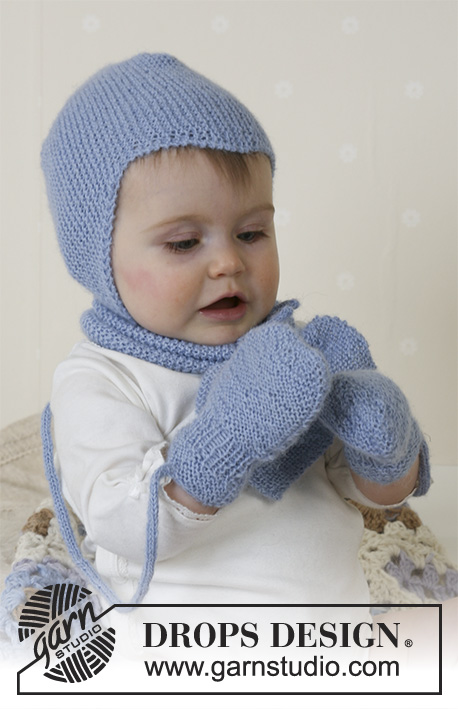

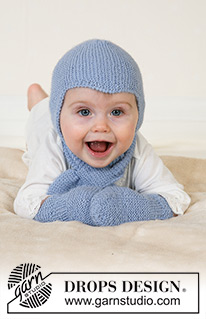

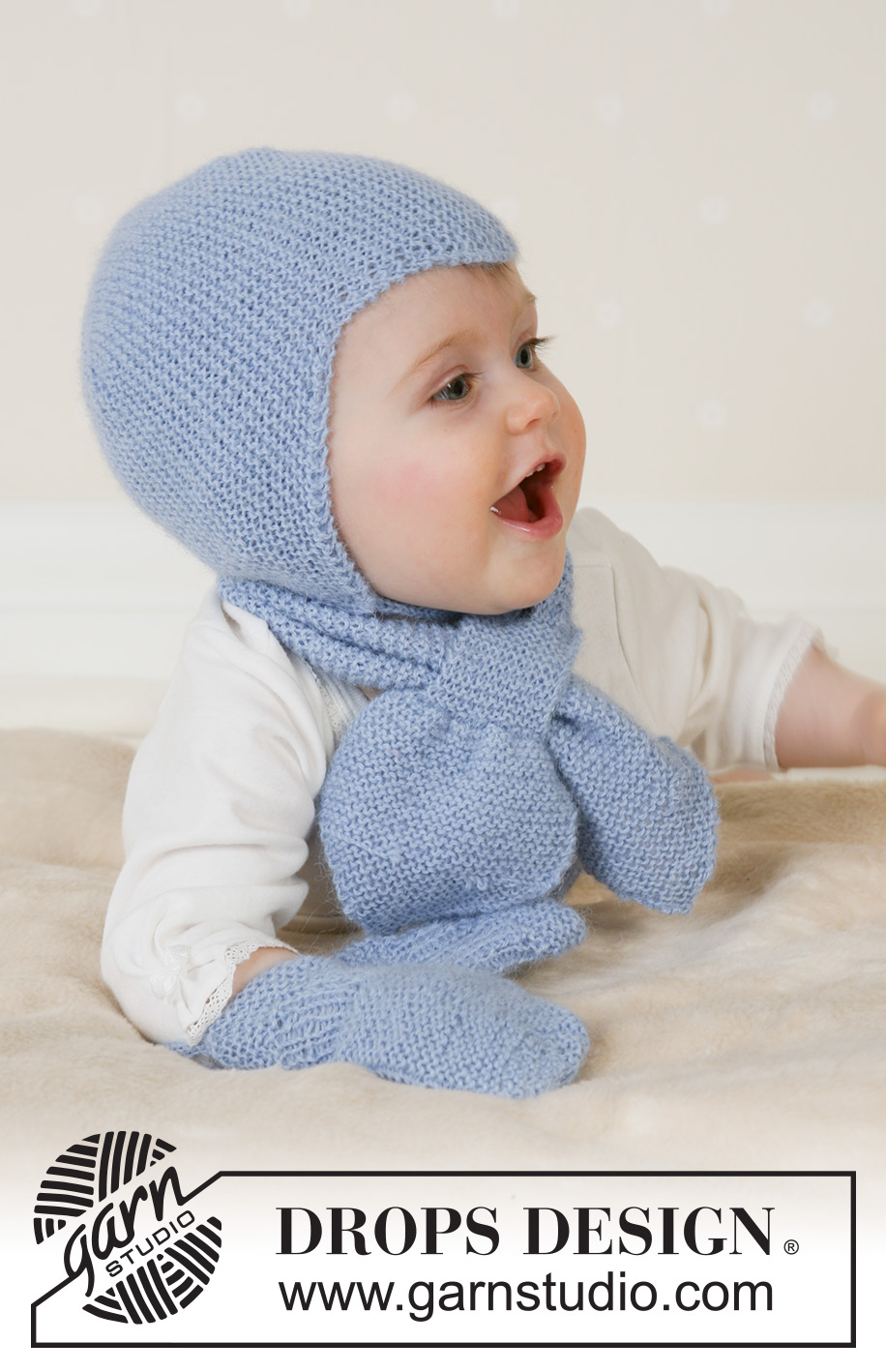
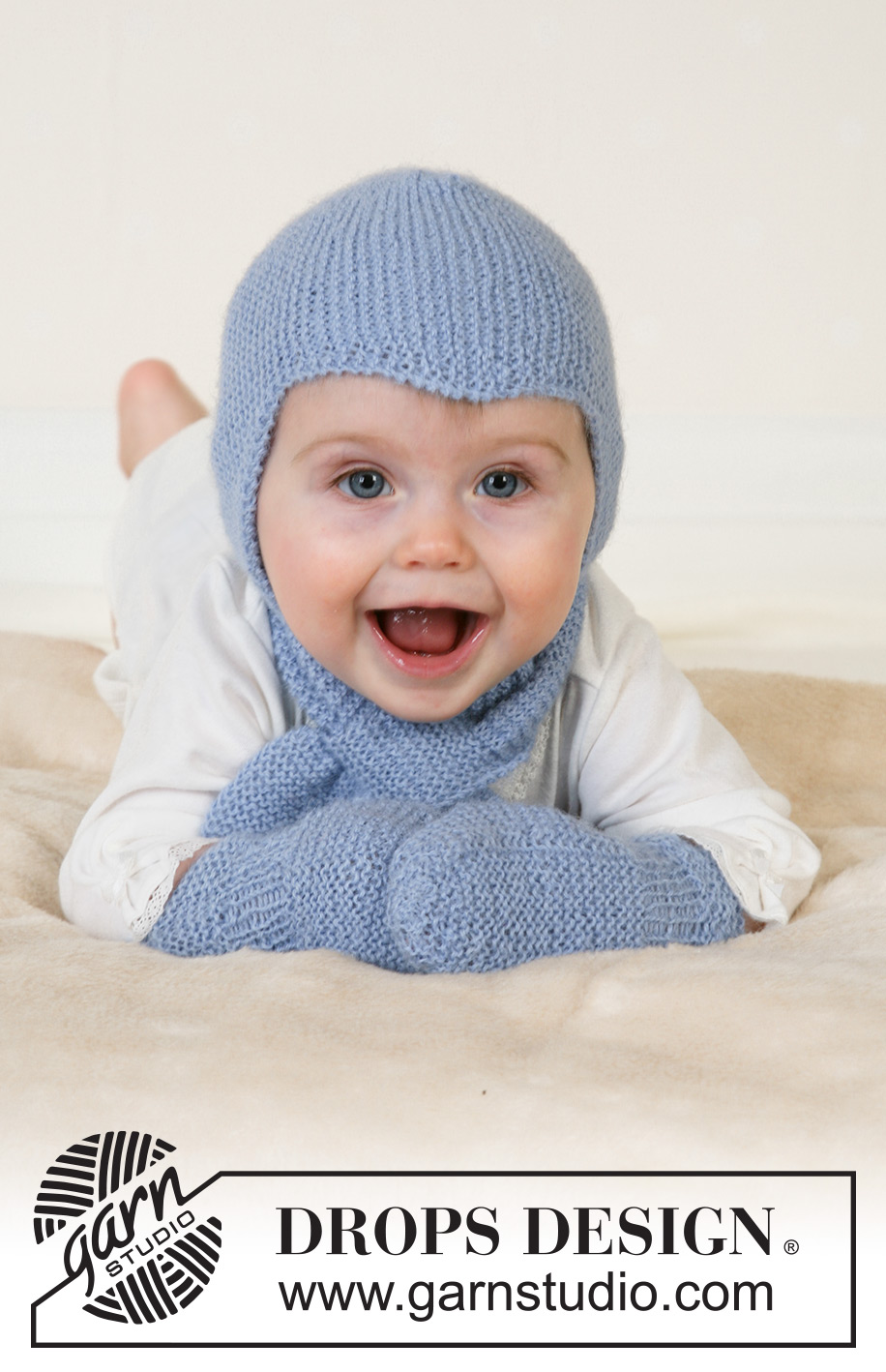
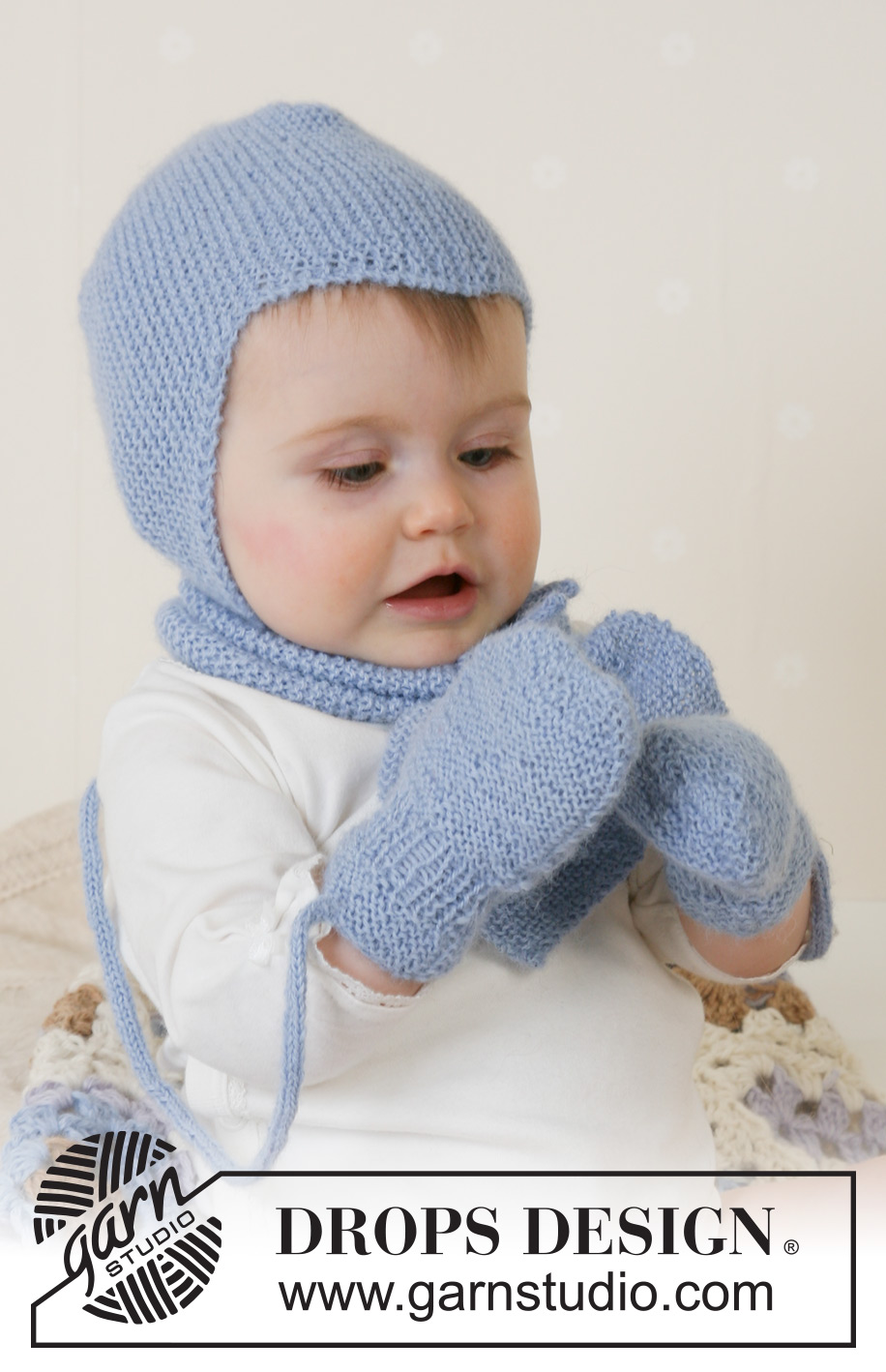




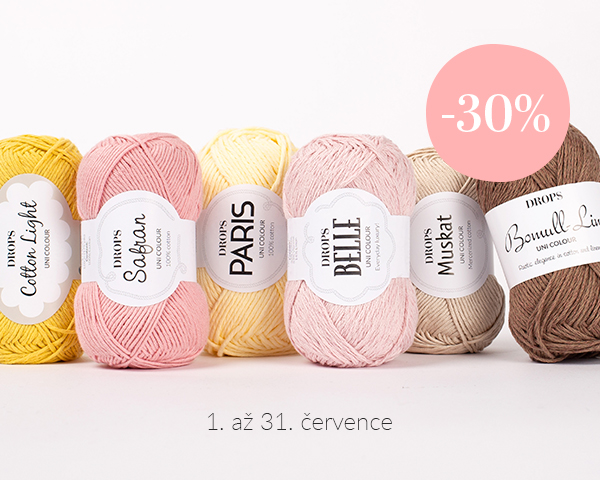




















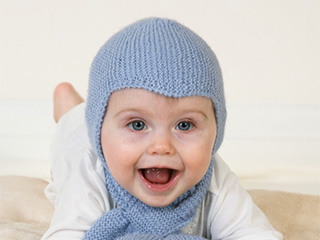










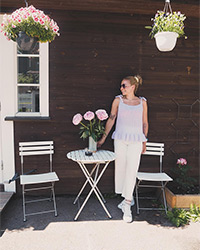
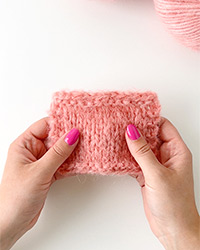
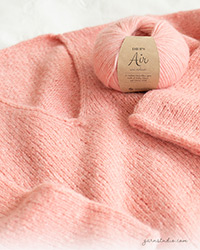


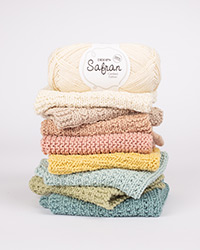
Přidejte komentář k návodu DROPS Baby 14-16
Rádi bychom věděli, co si o tomto modelu myslíte!
Pokud se chcete na něco zeptat, dbejte prosím na to, abyste ve formuláři níže vybrali správnou kategorii - díky tomu se dříve dozvíte, co potřebujete vědět. Povinná pole jsou označena *.